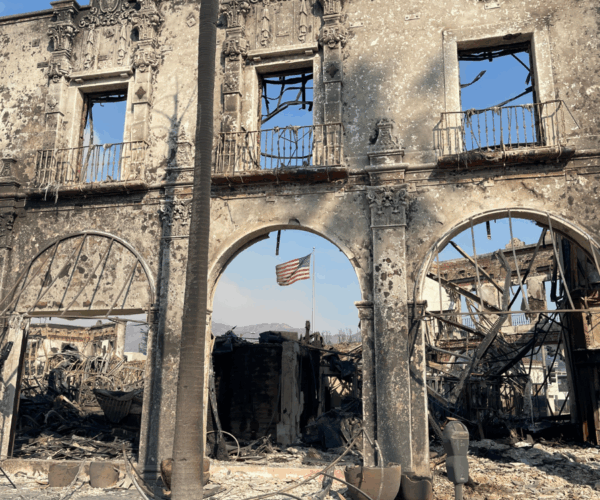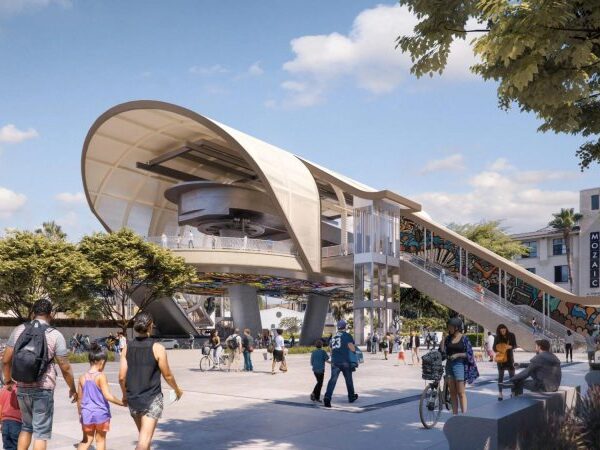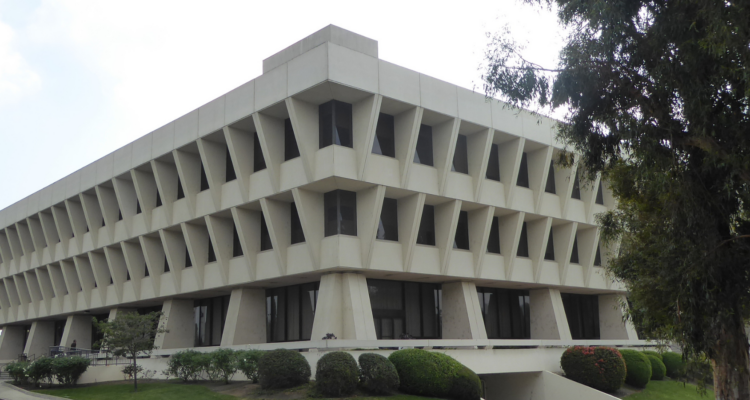
Active
Saving the 1970s
Buildings constructed in the 1970s are approaching the fifty-year mark, an important benchmark in preservation.
Active
Stay informed on active issues throughout L.A. County.
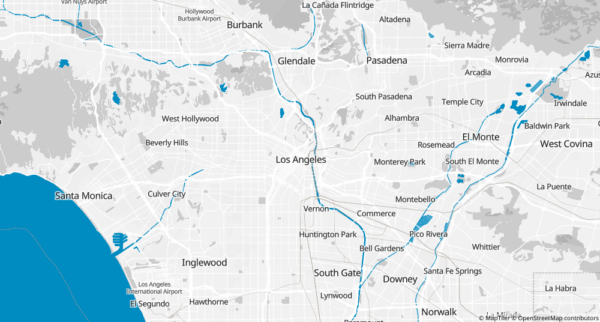
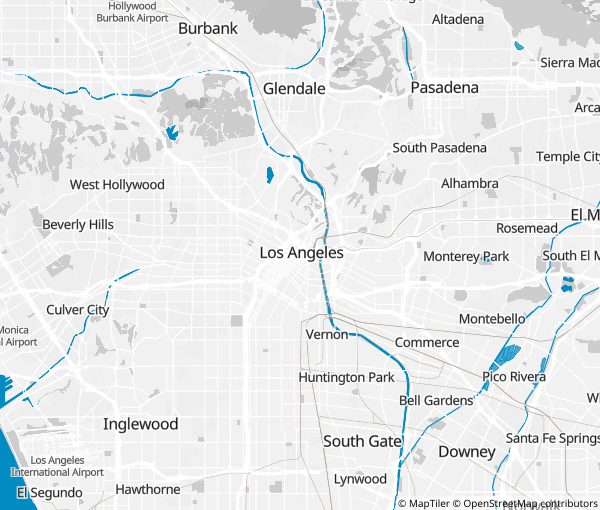
Overview
The phrase “everything old is new again” is fitting for historic preservation work. Through the passage of time, places that once might have been derided and misunderstood come into their own and are “rediscovered.”
It happened with Victorian homes, for example, which were considered past their prime in the 1950s and ’60s, and many were demolished in this time period. But those that remained came to be appreciated again by the 1970s and ’80s. A similar storyline has followed Art Deco, Craftsman, and numerous other architectural styles. We generally lose a lot of these kinds of places as we wait for the public’s appreciation for them to catch up.
Often it is a younger generation that sees value in these “newer” buildings that are just emerging as the historic landmarks of the future. Now that the 1970s-era built environment is crossing the fifty-year threshold, enough time has passed to start understanding, recognizing, and protecting these places too.
About This Issue
For those 1970s buildings that are about to hit fifty, they are fortunate and the rarity. Saving a building or landscape – especially one that is between 35 to 60 years old – is challenging. For a thorough explanation of the challenges facing younger buildings, visit our webpage Top 13 Challenges for Saving Modernism and the Recent Past.
While the built environment that emerged from the mid-century-modern era of the 1950s and ’60s is now generally and increasingly appreciated (though not always preserved), it’s the last quarter of the 20th century that has yet to be acknowledged as being “worthy” of preservation.
Our Position
Looking back, from fashion to architecture, the 1970s era may appear to be hit-or-miss in terms of its design aesthetics. The buildings that came from this time are subtle in their details and overall design, and require some broader context to fully understand.
1970s Late Modernism is both a style and concept that is yet to be fully defined, let alone understood. Fortunately, Los Angeles was at the forefront of designing and constructing buildings throughout this decade, producing some stellar examples. The Conservancy’s ’70s Turn 50 initiative shines a light on these places and starts a much-needed conversation about this era and what should be preserved.
The Conservancy’s first “save” from the 1970s is the former Crippled Children’s Society Rehabilitation Center in Woodland Hills, designed by architect John Lautner and built in 1979. In 2014 it was nearly demolished as part of a proposed redevelopment project. In 2016 it reopened as the nation’s first Israeli American community center, renamed the IAC Shepher Community Center.
